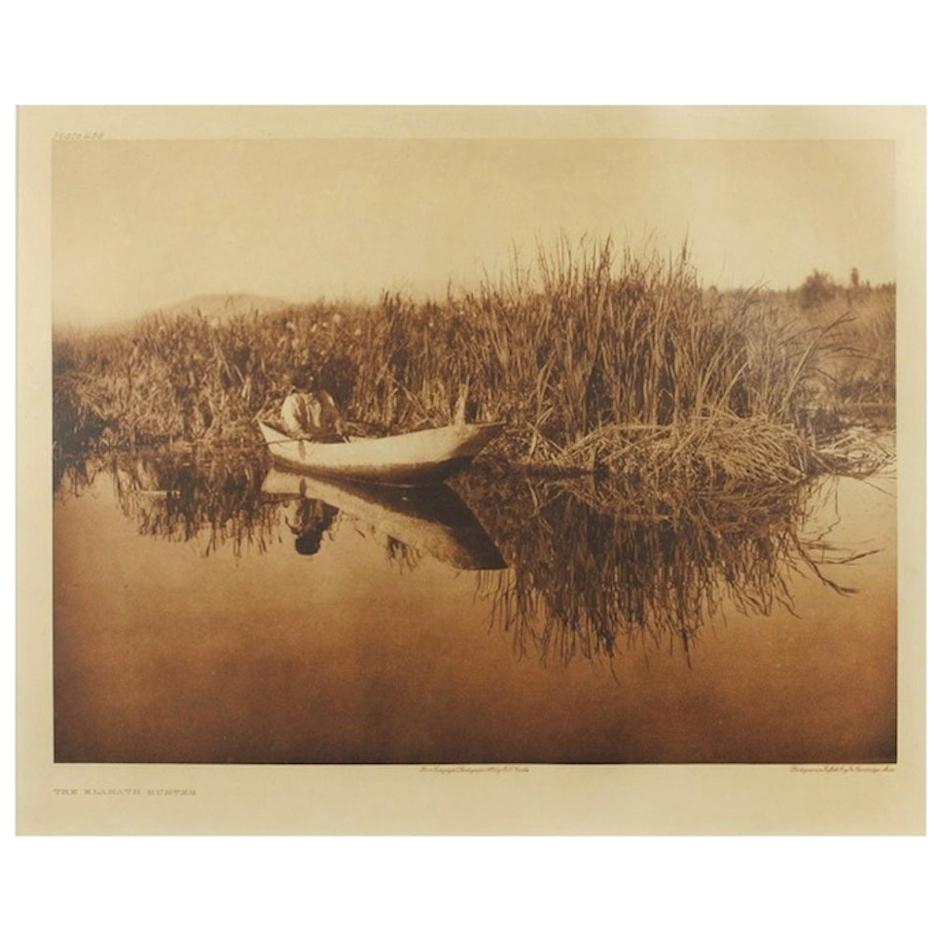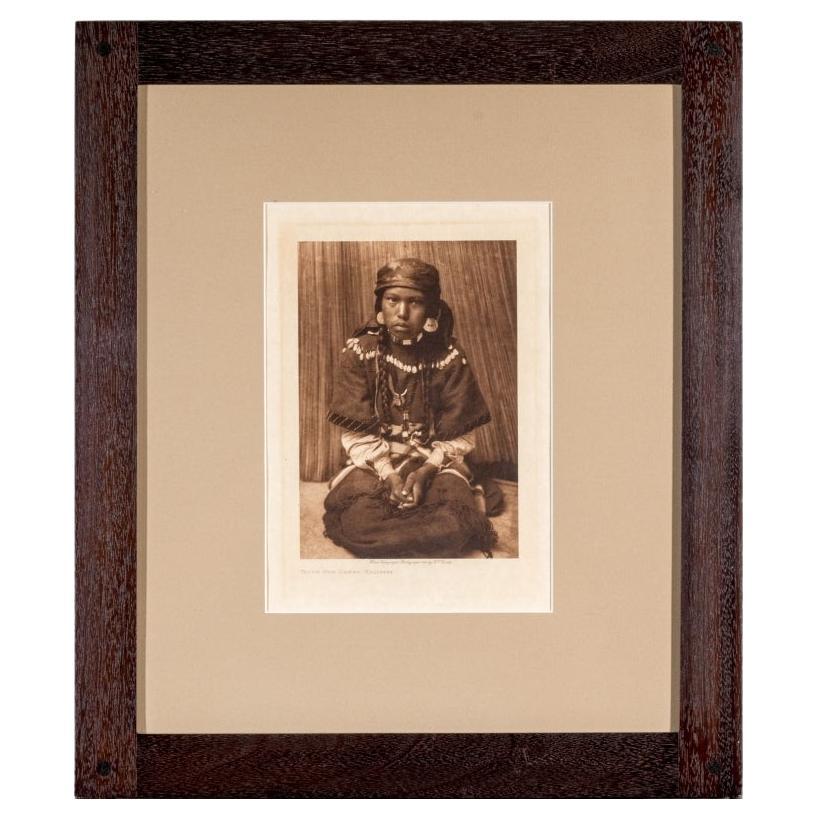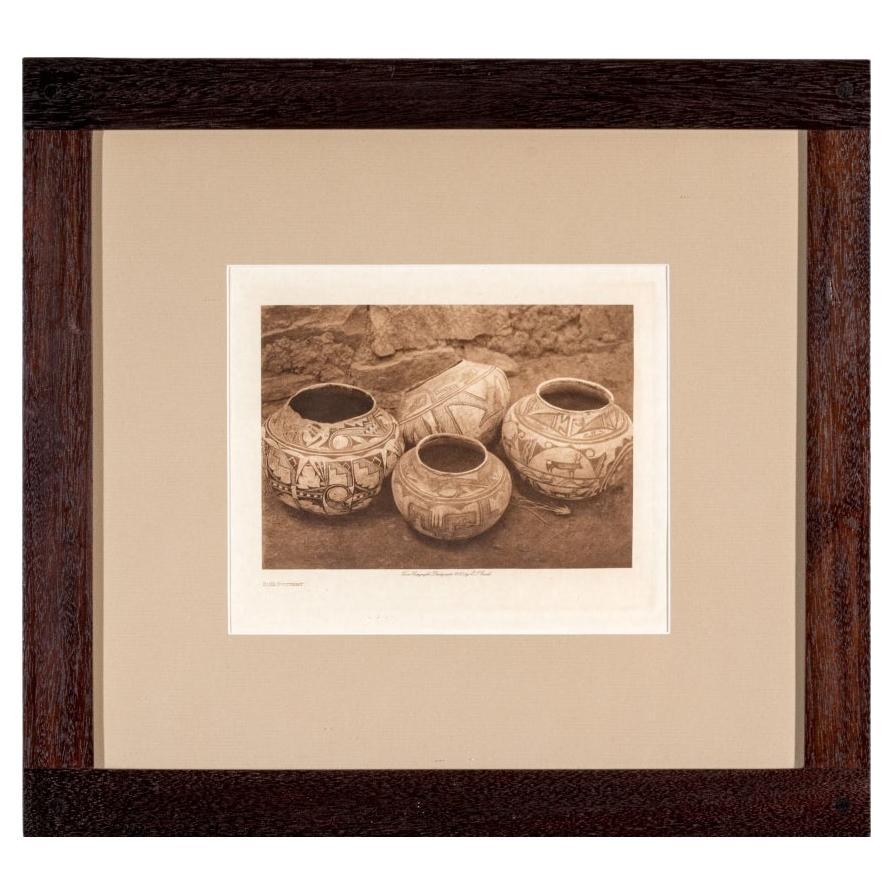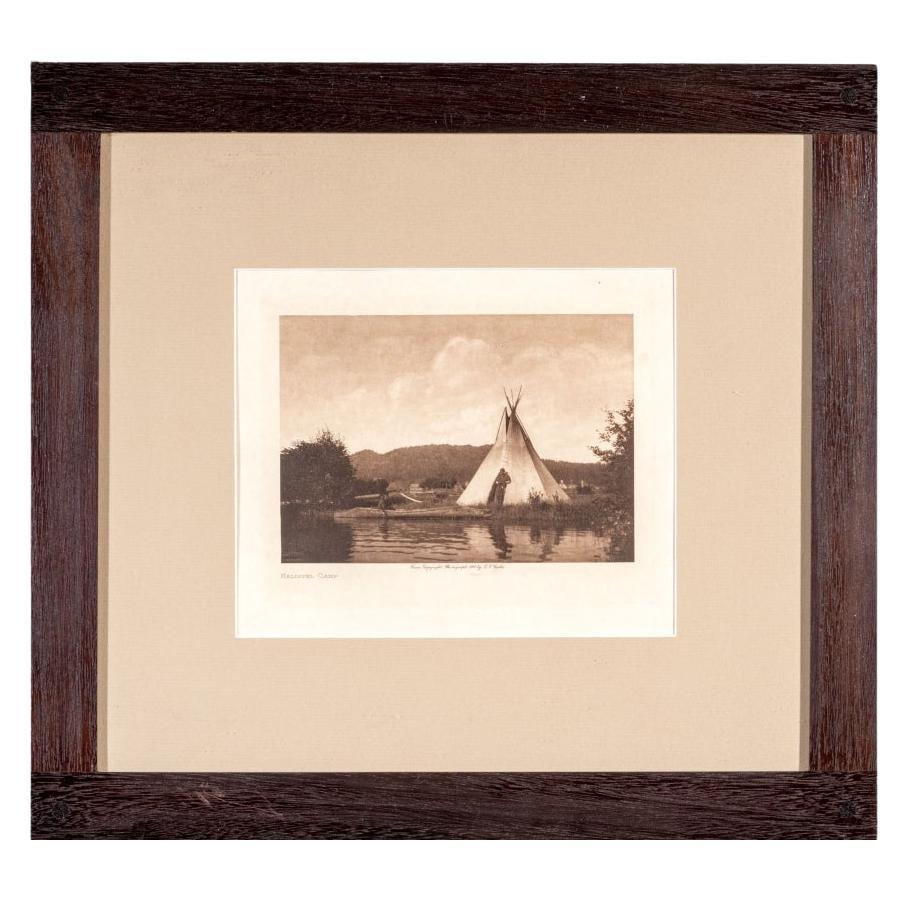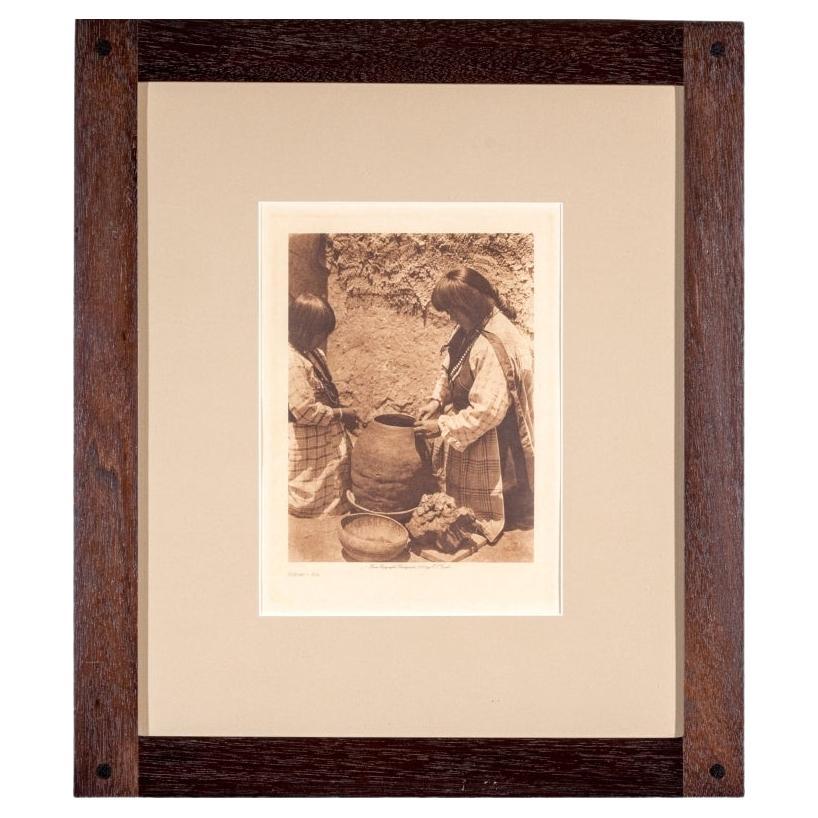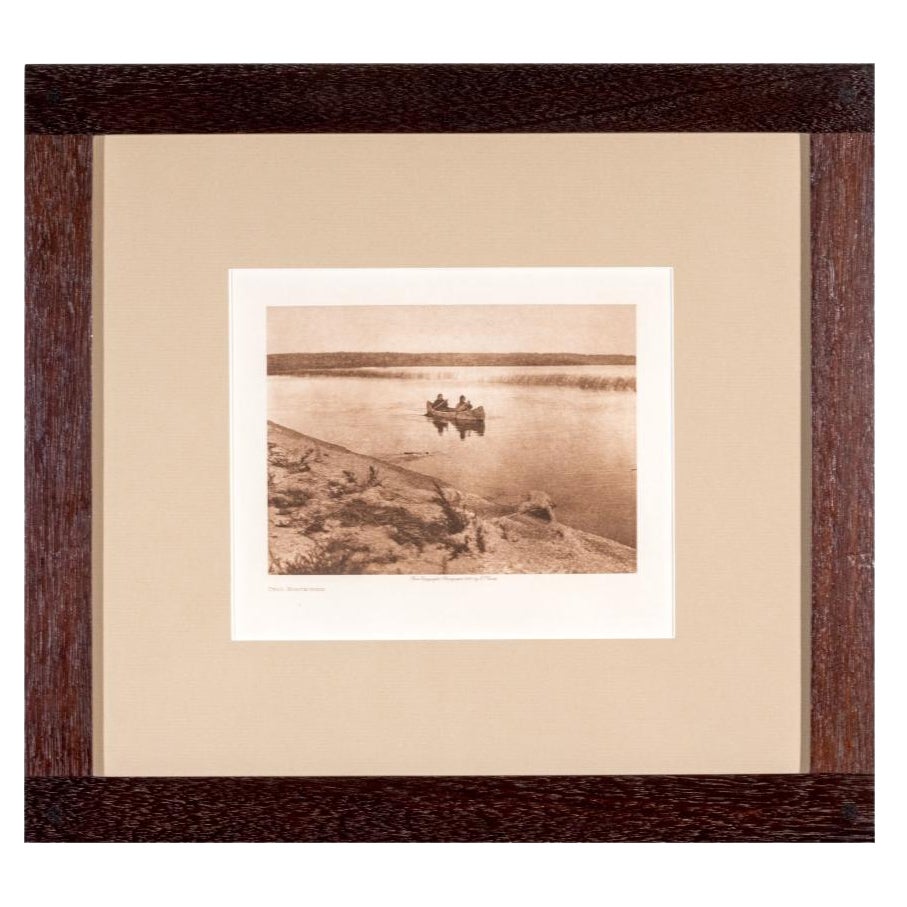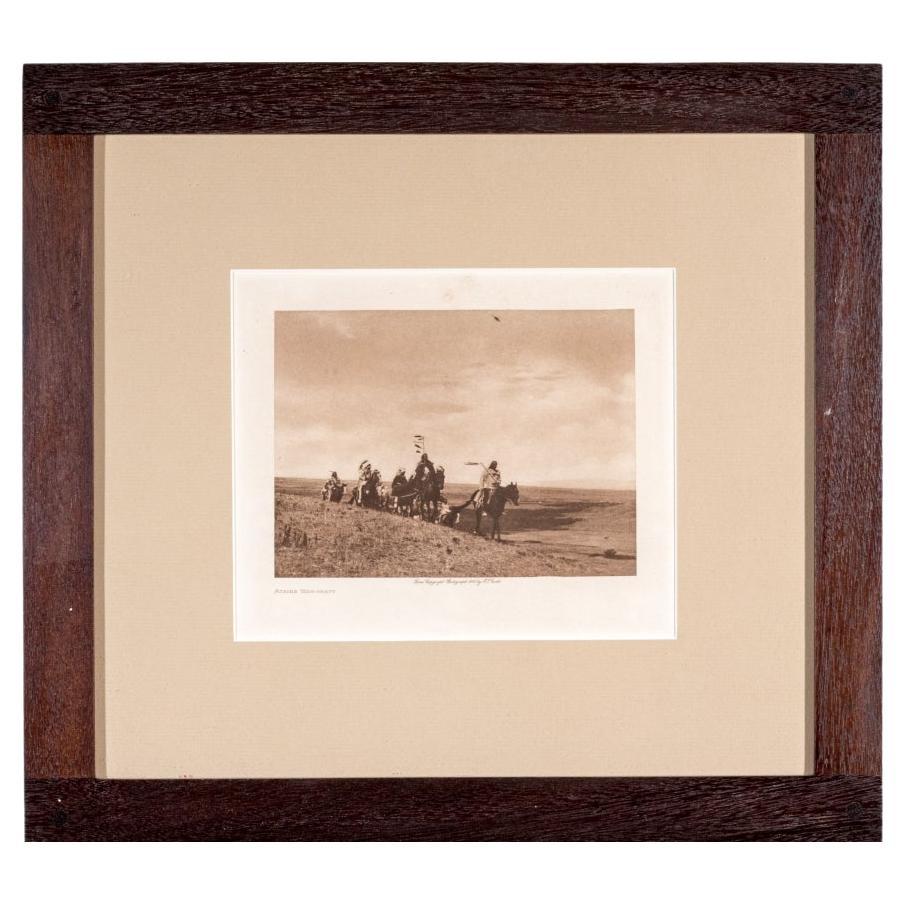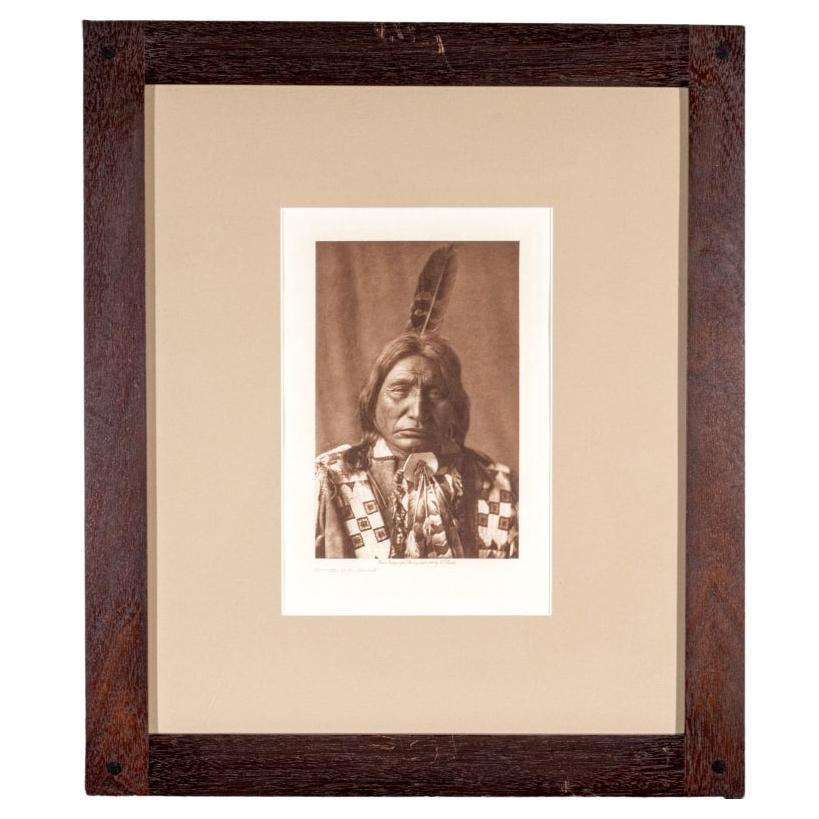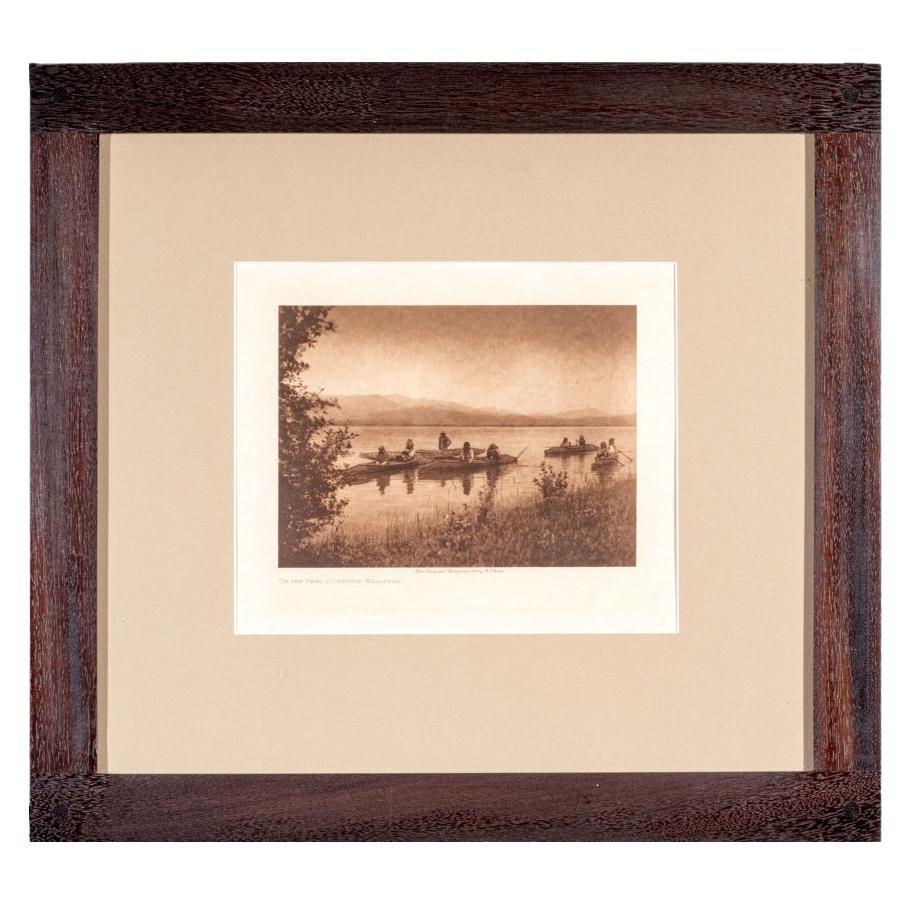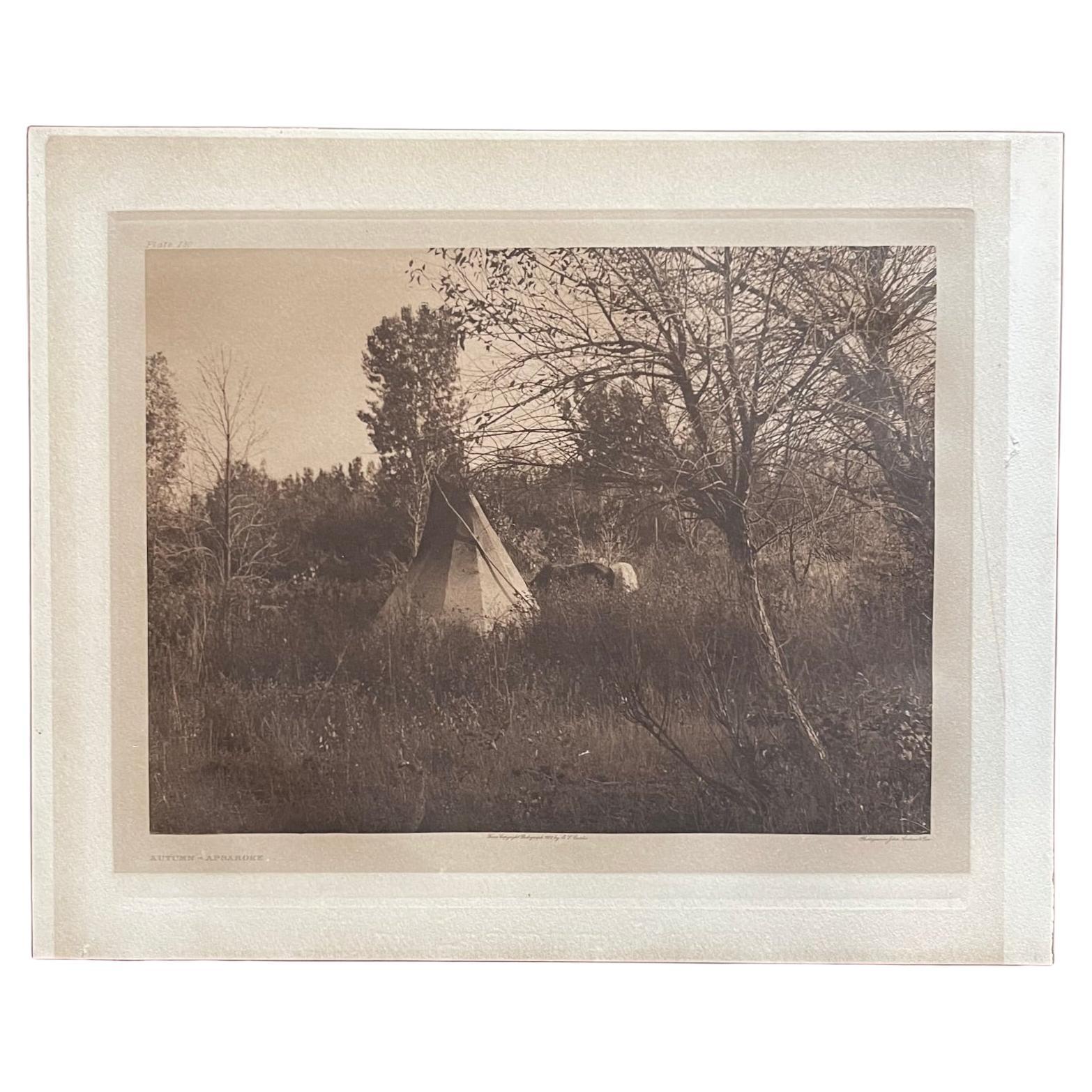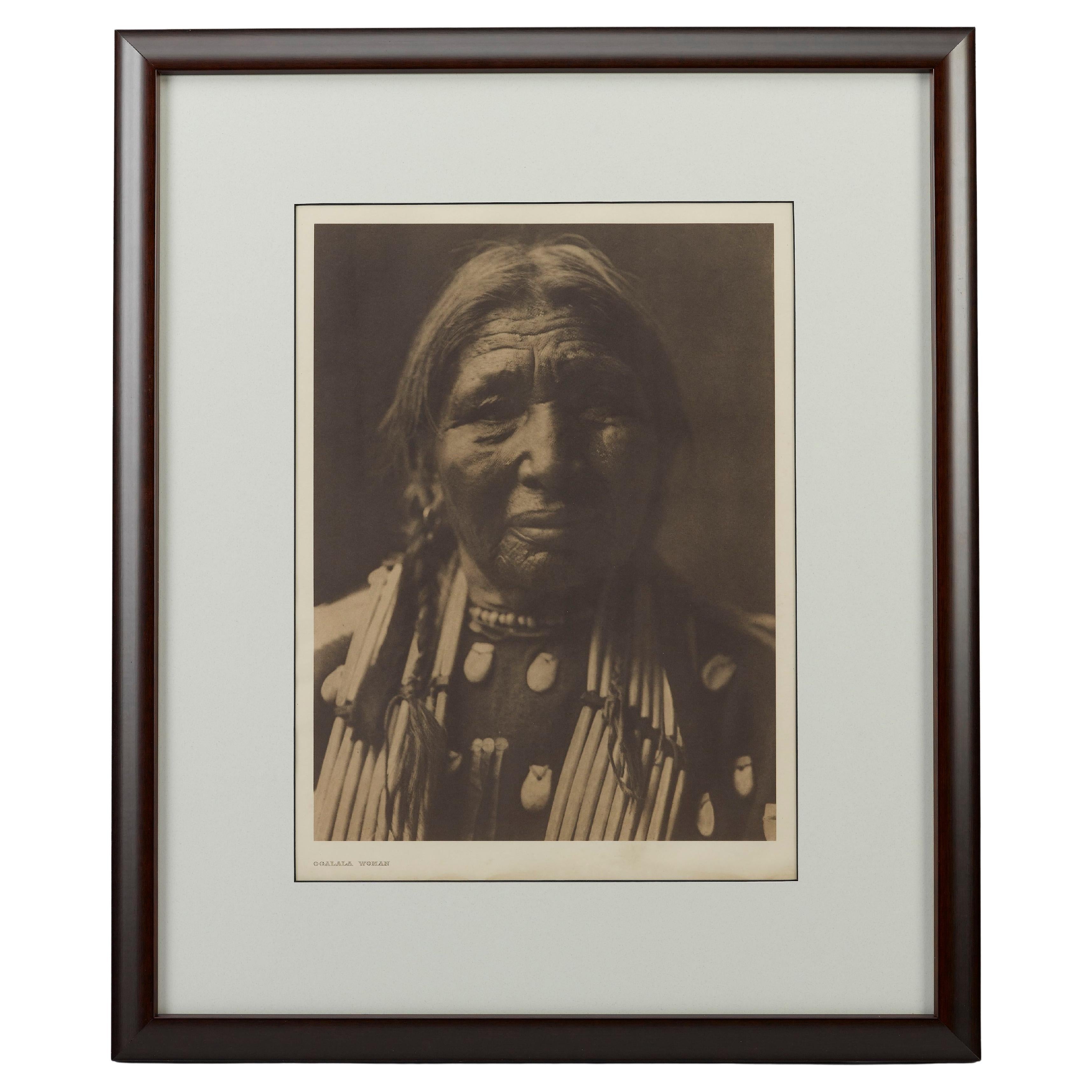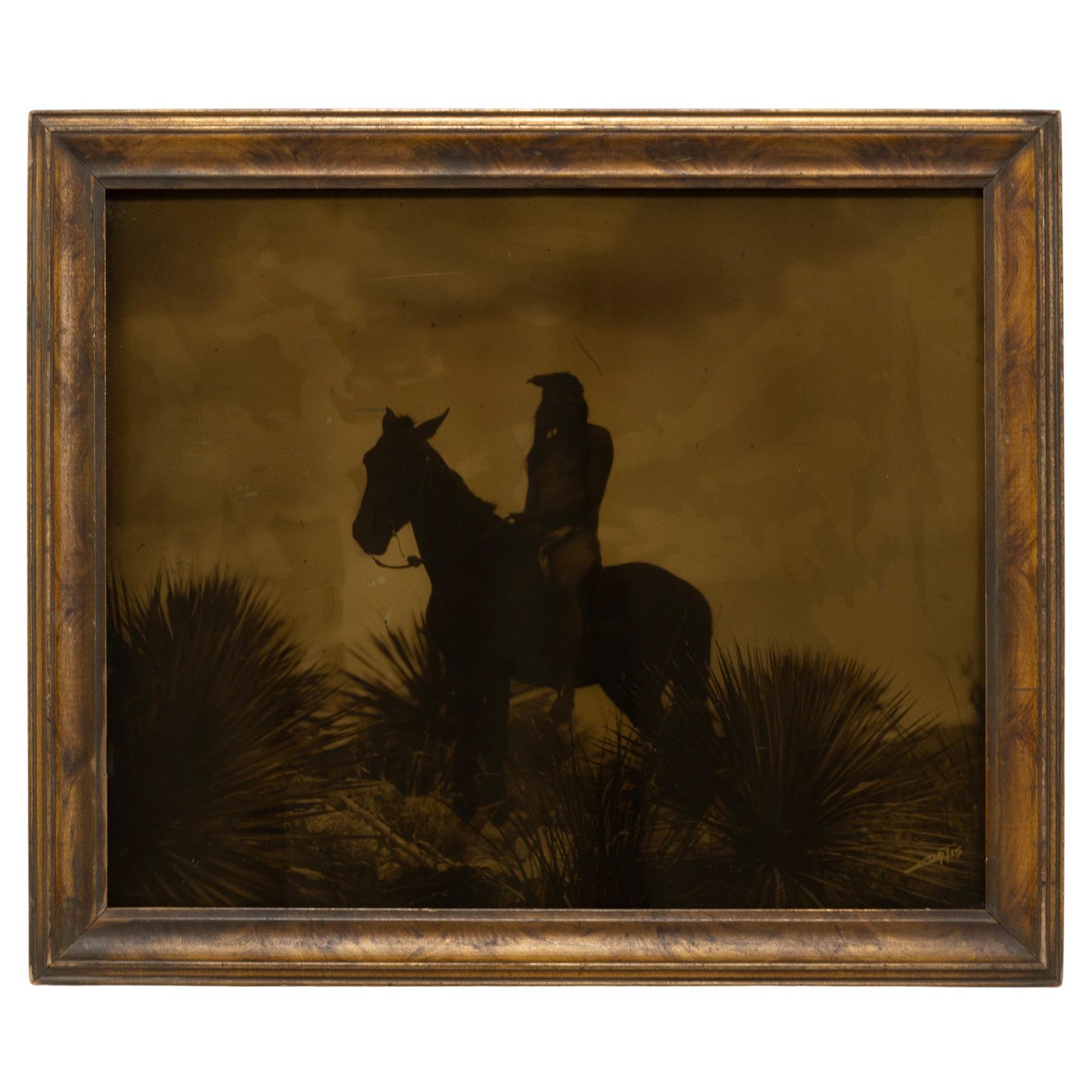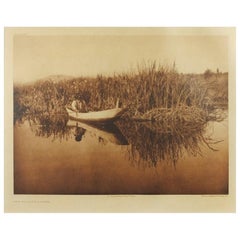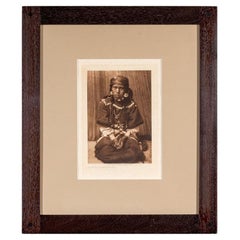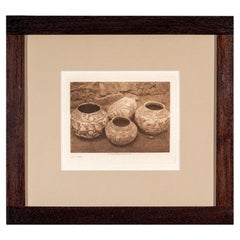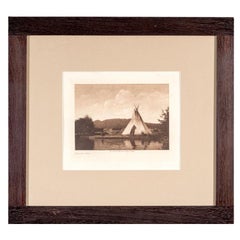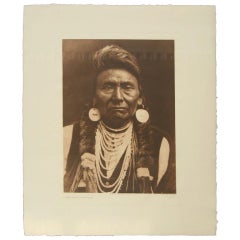
Edward S. Curtis Photogravures - Set of 5
View Similar Items
1 of 10
Edward S. Curtis Photogravures - Set of 5
About the Item
- Sold As:Set of 5
- Place of Origin:
- Period:
- Date of Manufacture:Early 20th Century
- Condition:
- Seller Location:San Francisco, CA
- Reference Number:Seller: RS 41421stDibs: U1208238783524
Authenticity Guarantee
In the unlikely event there’s an issue with an item’s authenticity, contact us within 1 year for a full refund. DetailsMoney-Back Guarantee
If your item is not as described, is damaged in transit, or does not arrive, contact us within 7 days for a full refund. Details24-Hour Cancellation
You have a 24-hour grace period in which to reconsider your purchase, with no questions asked.Vetted Professional Sellers
Our world-class sellers must adhere to strict standards for service and quality, maintaining the integrity of our listings.Price-Match Guarantee
If you find that a seller listed the same item for a lower price elsewhere, we’ll match it.Trusted Global Delivery
Our best-in-class carrier network provides specialized shipping options worldwide, including custom delivery.You May Also Like
Original Edward S. Curtis Photogravure, "The Klamath Hunter" 1923
By Edward S. Curtis, 1868-1952
Located in Colorado Springs, CO
Presented is a beautiful photogravure showing a Klamath man hunting from a dugout canoe. This image is Plate 458 from Volume 13 of Edward Curtis' epic project The North American Indian. The photogravure was published in 1923 by Suffolk Engr. Co., in Cambridge, MA. The Klamath people are from the inland region of Northern California and Southern Oregon. Their oral history records the volcanic eruption that created Crater Lake over 7000 years ago
Edward S. Curtis created one of the most enduring and iconic visual records in the history of the photographic medium. He was an award-winning artist, a consummate craftsman, a visionary, an intrepid entrepreneur, and was highly regarded as a respected ethnographer and publisher.
Curtis began photographing Native Americans in the mid-1890s and selling these images in his successful downtown Seattle studio. One of his earliest models was Princess Angeline, the aged daughter of chief Sealth, the Suquamish Indian after whom Seattle is named. At the National Photographic Convention of 1899 Curtis was awarded the grand prize for three of his soft-focused, sepia-toned images of Puget Sound Native Americans: Evening on the Sound, The Clam Digger, and The Mussel Gatherer.
Curtis spent the summer of 1900 with George Bird Grinnell observing the Sun Dance at an encampment of Blood, Blackfeet, and Algonquin in Montana. This was a pivotal experience for Curtis, confirming his desire to study and photograph the Native tribes of North America. A trip to visit the Hopi reservation in Arizona a few months later further fueled his enthusiasm.
Curtis envisioned a plan to create a massive scholarly and artistic work that would document the tribes west of the Mississippi, their ceremonies, beliefs, daily life, and landscapes. In 1906, Curtis approached railroad tycoon J.P. Morgan to request financial assistance for his project. Morgan agreed to pay him a total of $75,000, or $15,000 a year for five years. Morgan and Curtis decided that Curtis' masterwork, The North American Indian, would be a set of 20 volumes of ethnographic text illustrated with high quality photoengravings taken from his glass plate negatives. Each of these volumes would be accompanied by a portfolio of large size images, all sumptuously bound in Moroccan leather. The papers used for printing would also be of the best quality: a Dutch etching stock by Van Gelder, a Japanese vellum, and for the most discerning subscribers, a translucent Japanese tissue paper. To fund publication, Curtis would sell subscriptions at approximately $3,000 per set, with a total of 500 sets to be published.
An ambitious and extensive project, Curtis spent much of his life documenting as many Native tribes as possible. The importance and the urgency of the task was clear to him, as he wrote in the introduction to his first volume of The North American Indians in 1907, "The information that is to be gathered ... respecting the mode of life of one of the great races of mankind, must be collected at once or the opportunity will be lost." In 1930, some 24 years after his initial request for funding, the last two volumes, Vol. 19 and Vol. 20, were published and The North American Indian project was finally completed. Curtis took over 40,000 photographs and made over 10,000 wax cylinder...
Category
Vintage 1920s American Photography
Materials
Paper
Edward S. Curtis (1868-1952) Sepia Photogravure "Touch Her Dress - Kalispel"
By Edward S. Curtis, 1868-1952
Located in Bridgeport, CT
Sepia photogravure titled "Touch Her Dress - Kalispel" depicting the portrait of a young native girl. The Kalispel Tribe from areas that encompassed lands that stretched from Montana...
Category
20th Century American Native American Photography
Materials
Acrylic, Wood, Paper
Edward S. Curtis (1868-1952) Scarce Sepia Photogravure Titled "Zuni Pottery"
By Edward S. Curtis, 1868-1952
Located in Bridgeport, CT
Sepia photogravure titled "Zuni Pottery" depicting a collection of Zuni pottery on the ground set against a stone wall.
The photogravure is titled lower l...
Category
20th Century American Native American Photography
Materials
Acrylic, Wood, Paper
Edward S. Curtis (1868-1952) Scarce Sepia Photogravure Titled "Kalispel Camp"
By Edward S. Curtis, 1868-1952
Located in Bridgeport, CT
Sepia photogravure titled "Kalispel Camp" depicting native figures in the foreground with kayak and teepee and rolling hills in the distance.
The photogravure is titled lower left "K...
Category
20th Century American Native American Photography
Materials
Acrylic, Wood, Paper
Edward S. Curtis (1868-1952) Scarce Sepia Photogravure Titled Tsipiai - Sia
By Edward S. Curtis, 1868-1952
Located in Bridgeport, CT
Sepia photogravure titled "Tsipiai - Sia" depicting native women engaged in pottery making.
The photogravure is titled lower left "Tsipiai - Sia". Printed under the photogravure "Fro...
Category
20th Century American Native American Photography
Materials
Acrylic, Wood, Paper
Edward S. Curtis (1868-1952) Scarce Sepia Photogravure Titled "Cree Boatwomen"
By Edward S. Curtis, 1868-1952
Located in Bridgeport, CT
Sepia photogravure titled "Cree Boatwomen" depicting Native American women in boat on a lake.
The photogravure is titled lower left "Cree Boatwomen". Printed under the photogravure "...
Category
20th Century American Native American Photography
Materials
Acrylic, Wood, Paper
